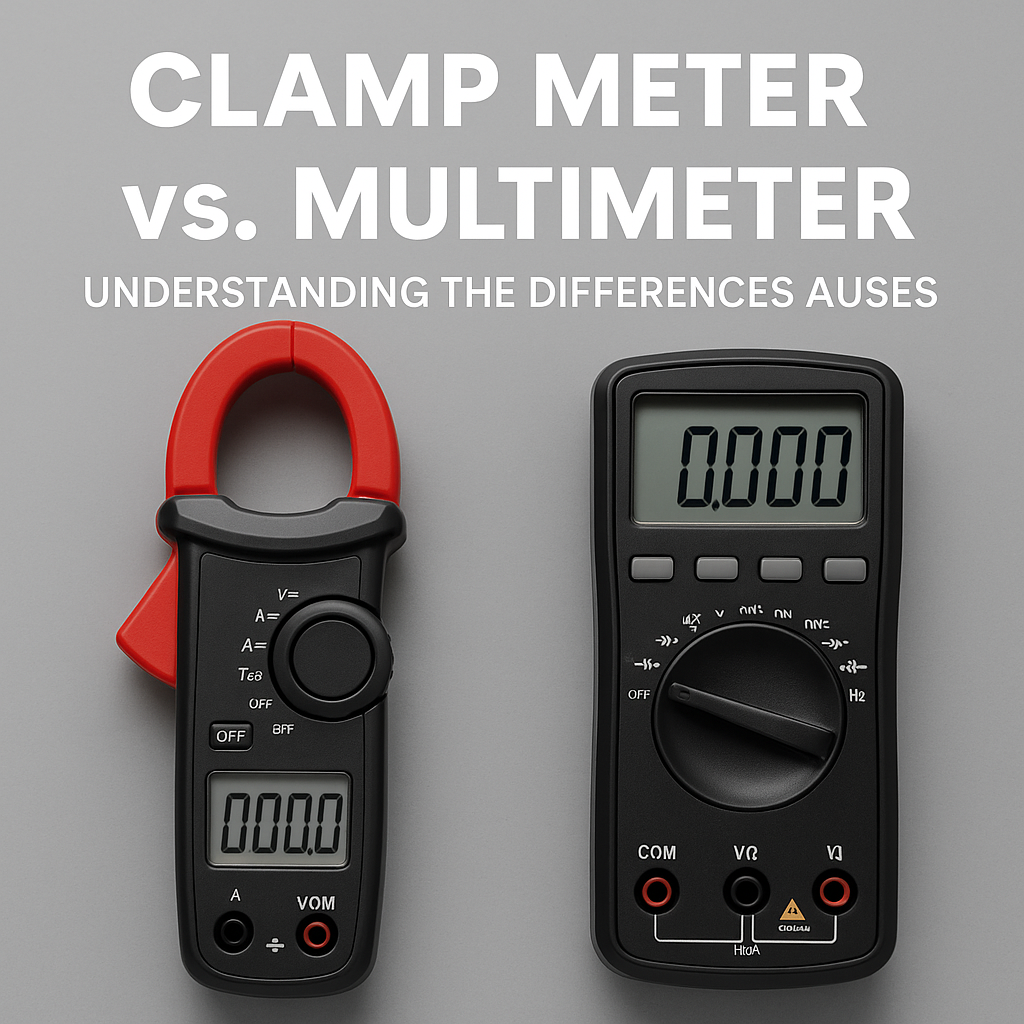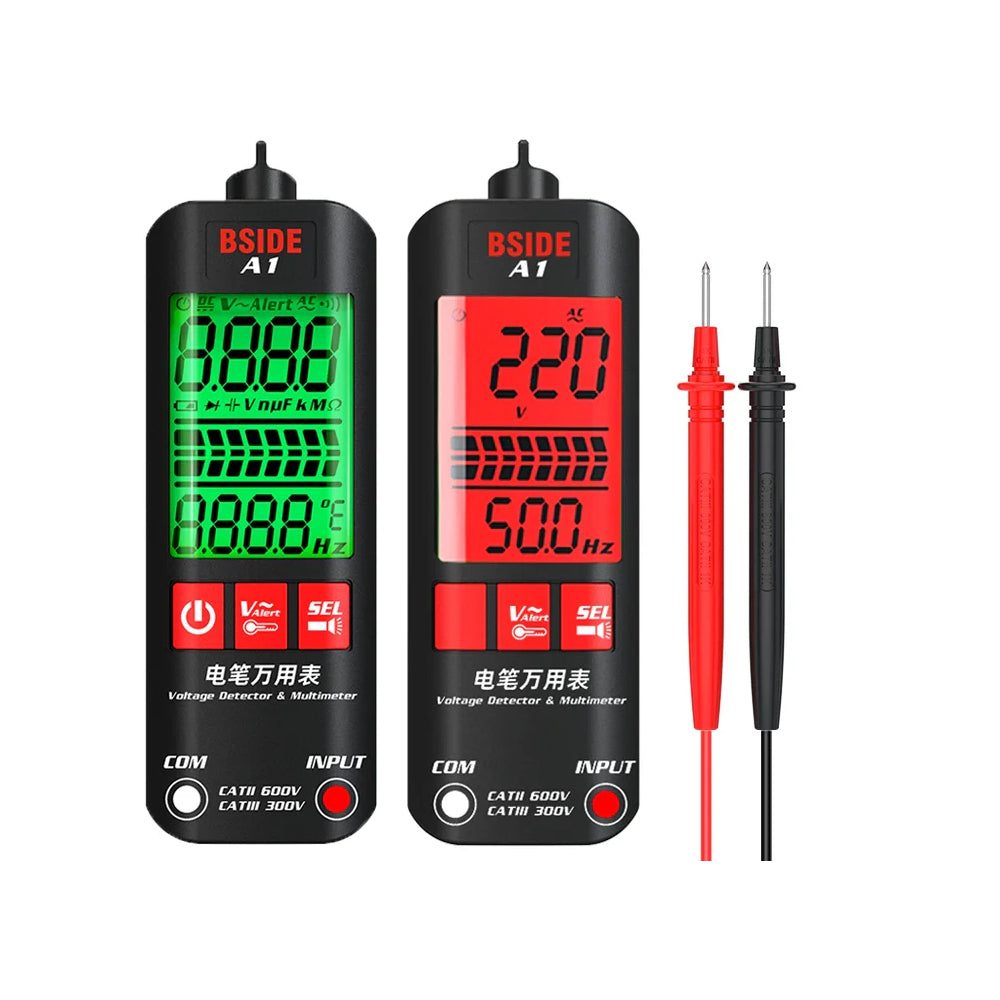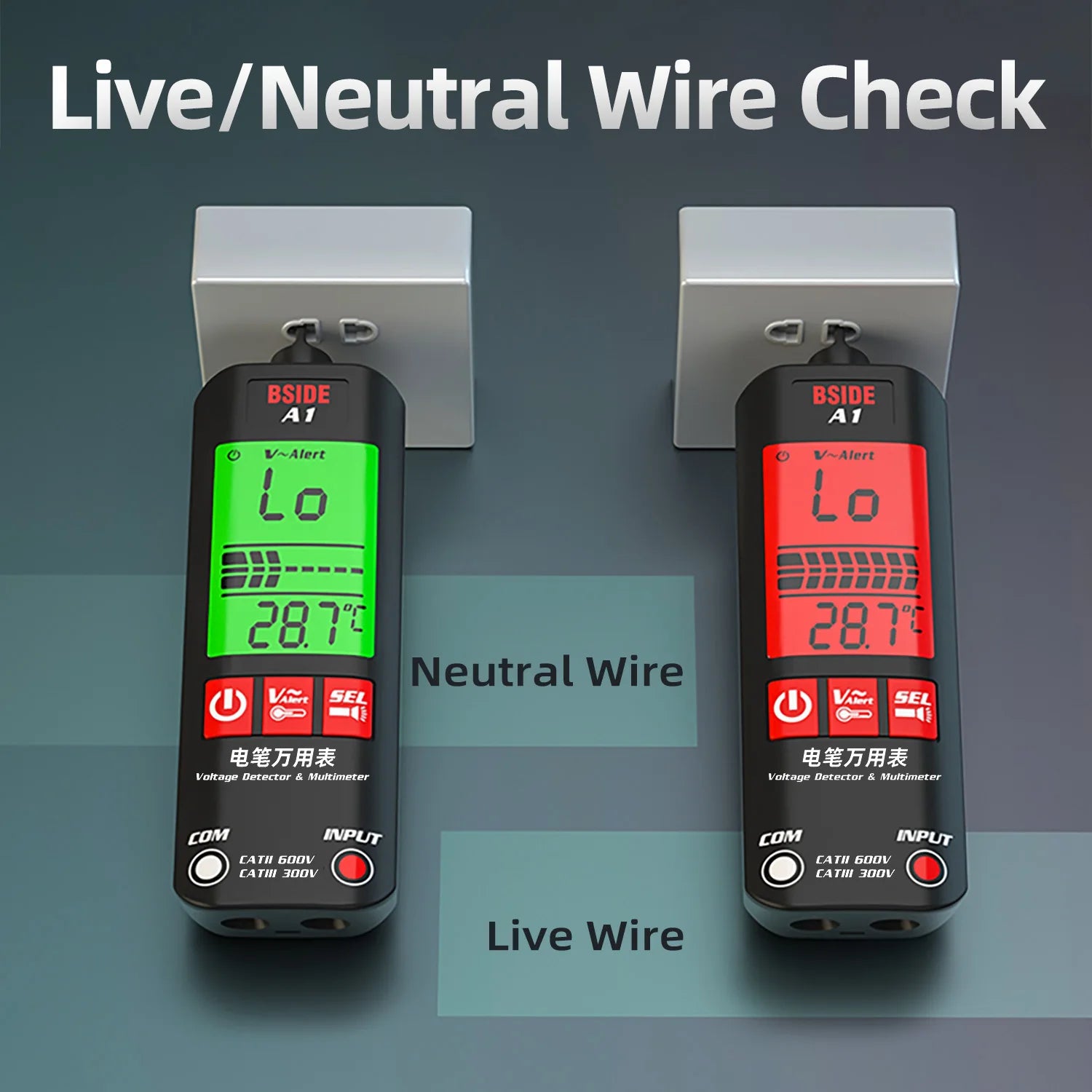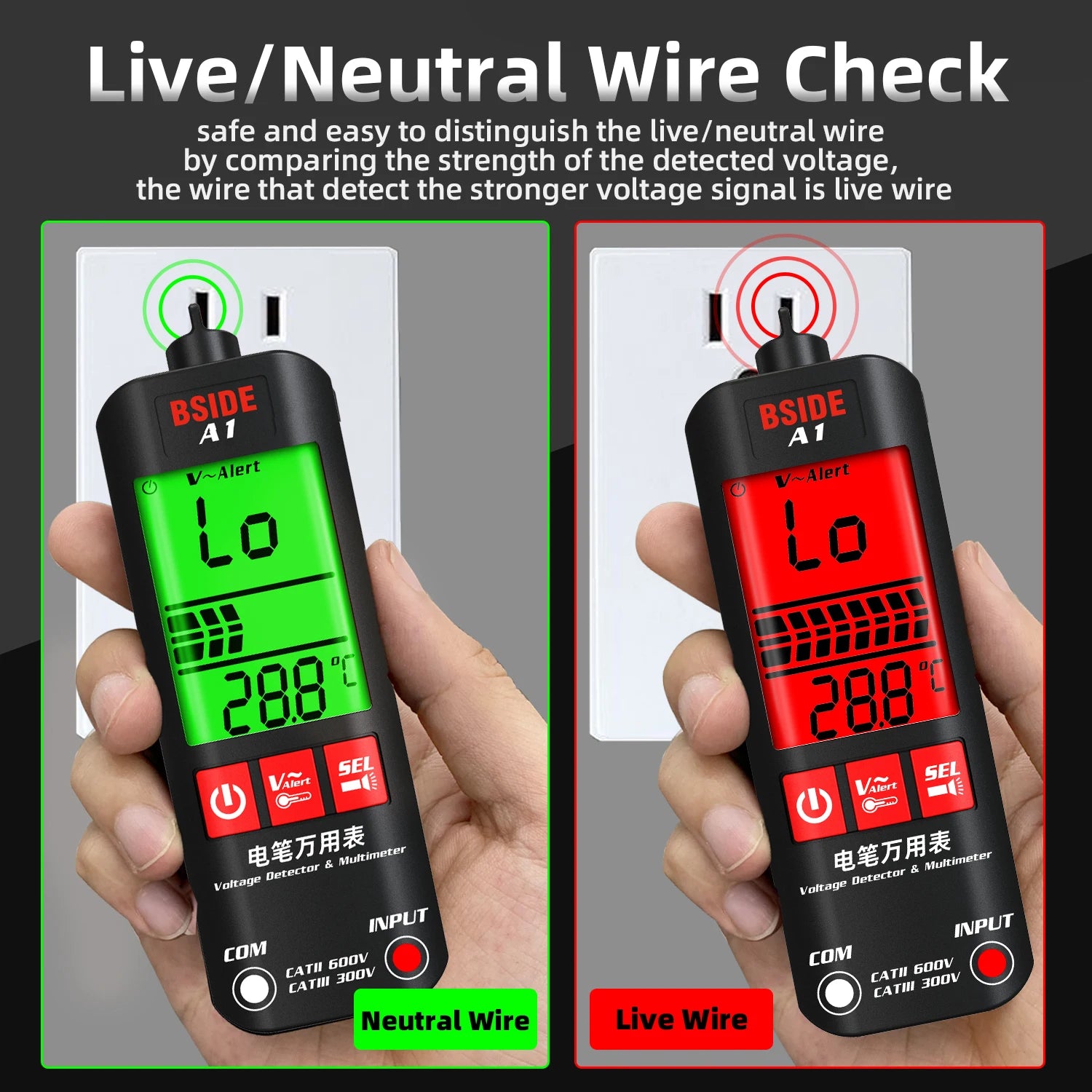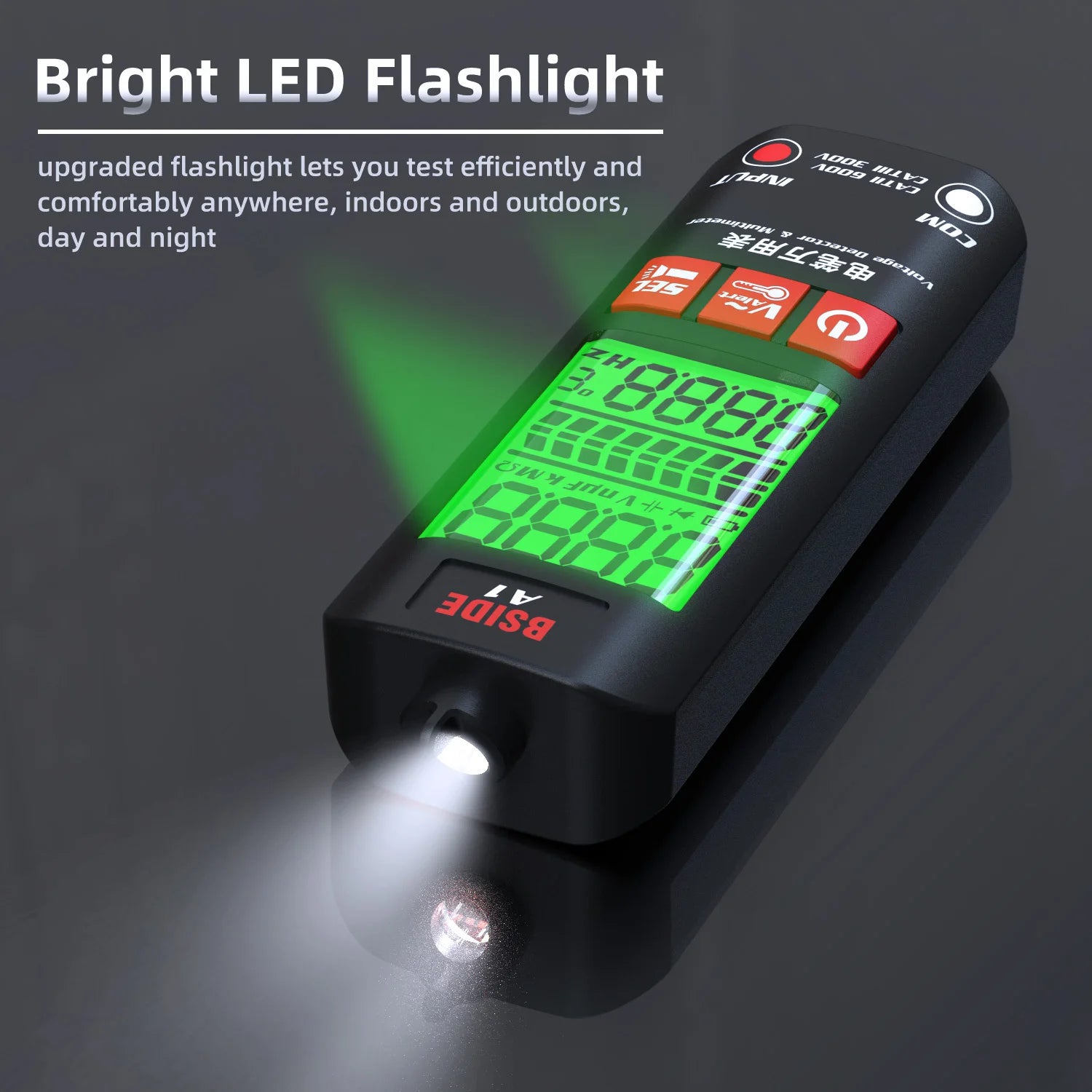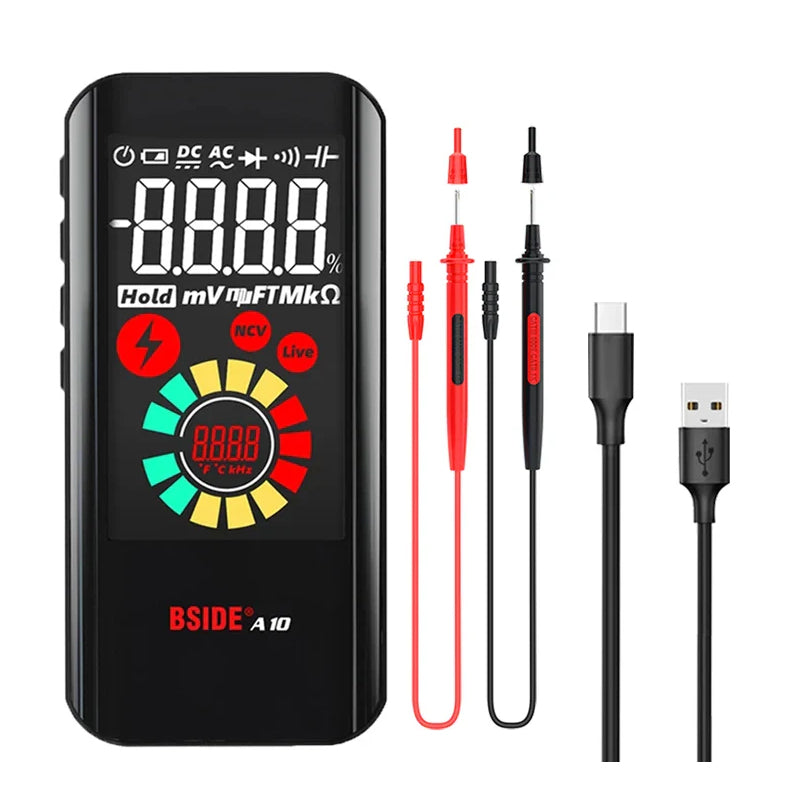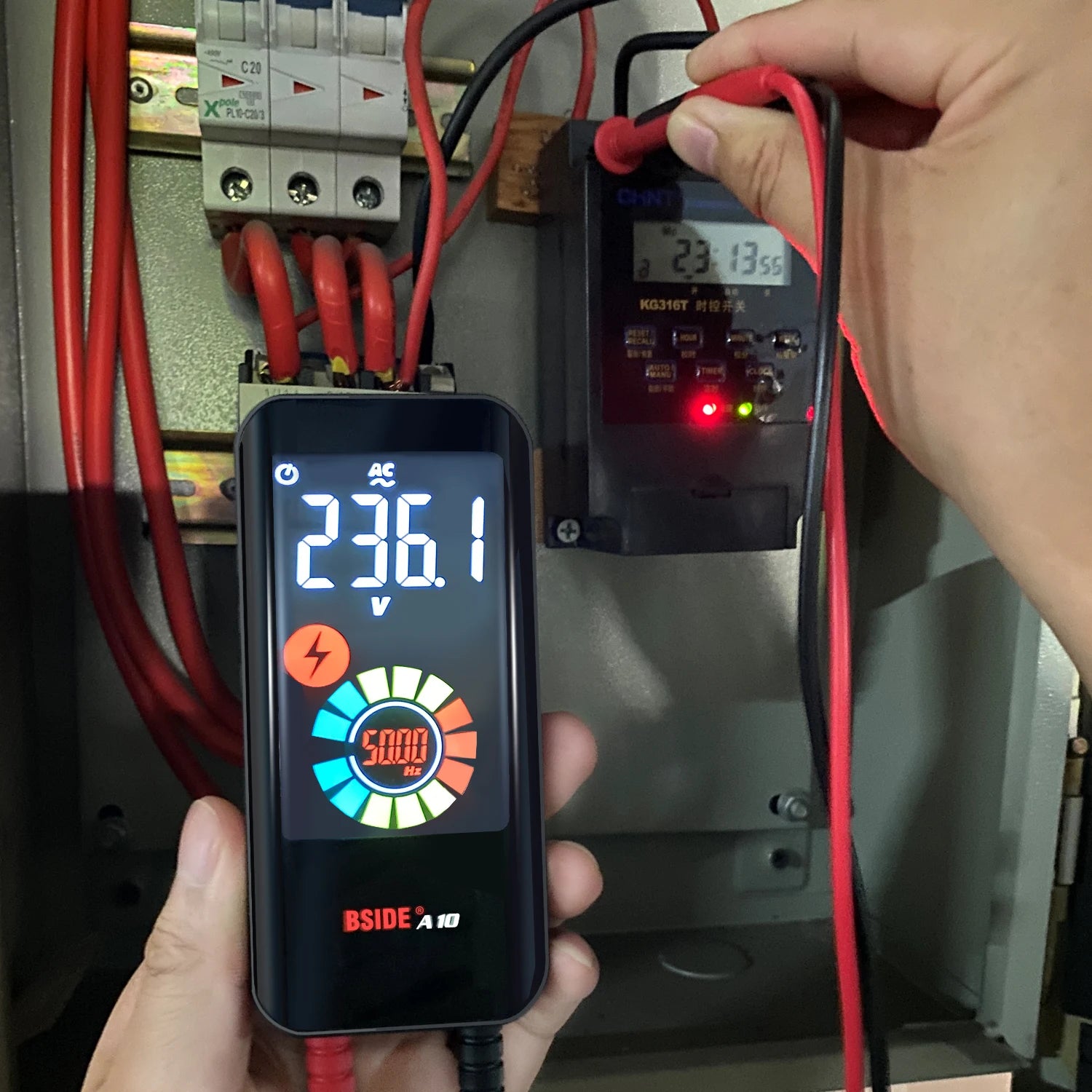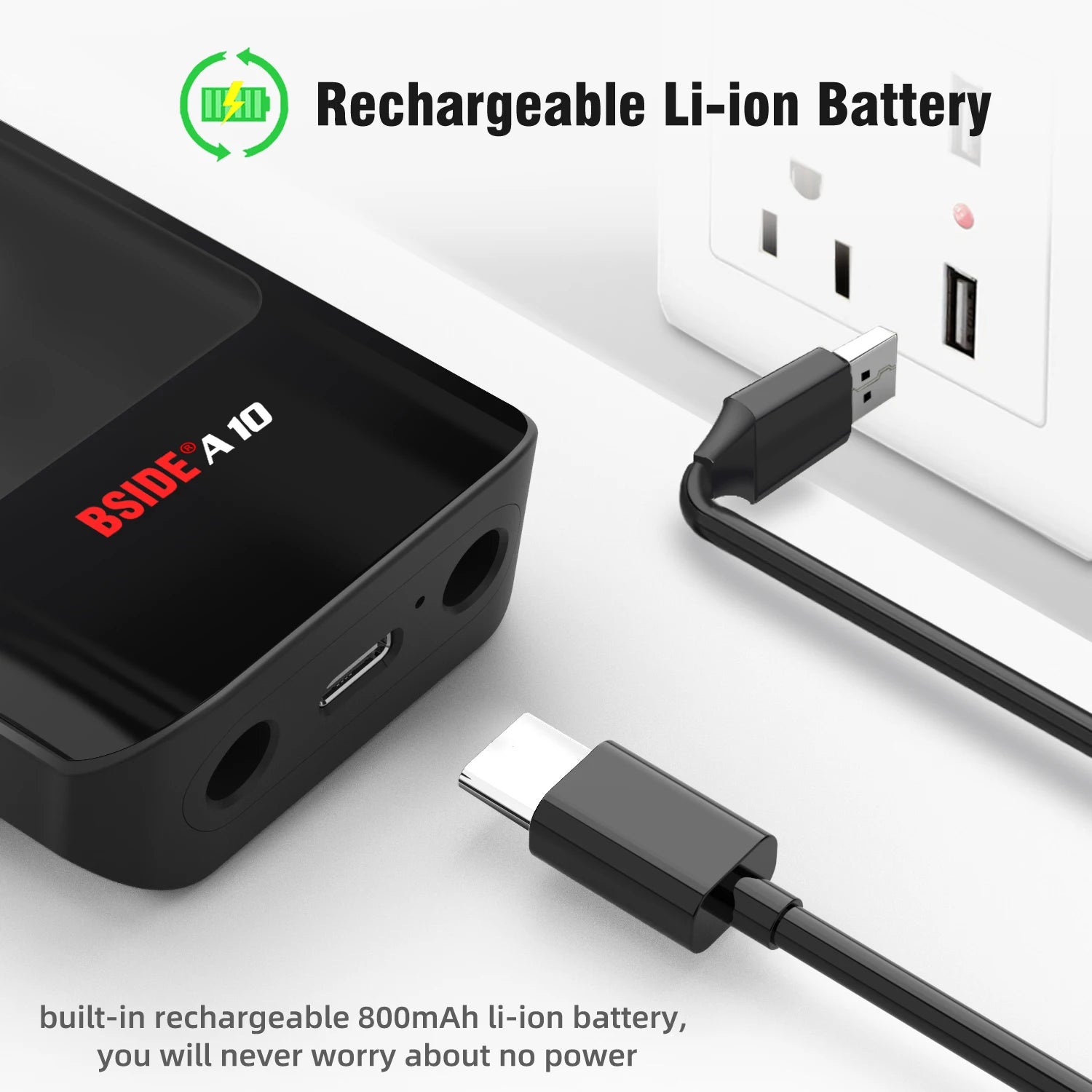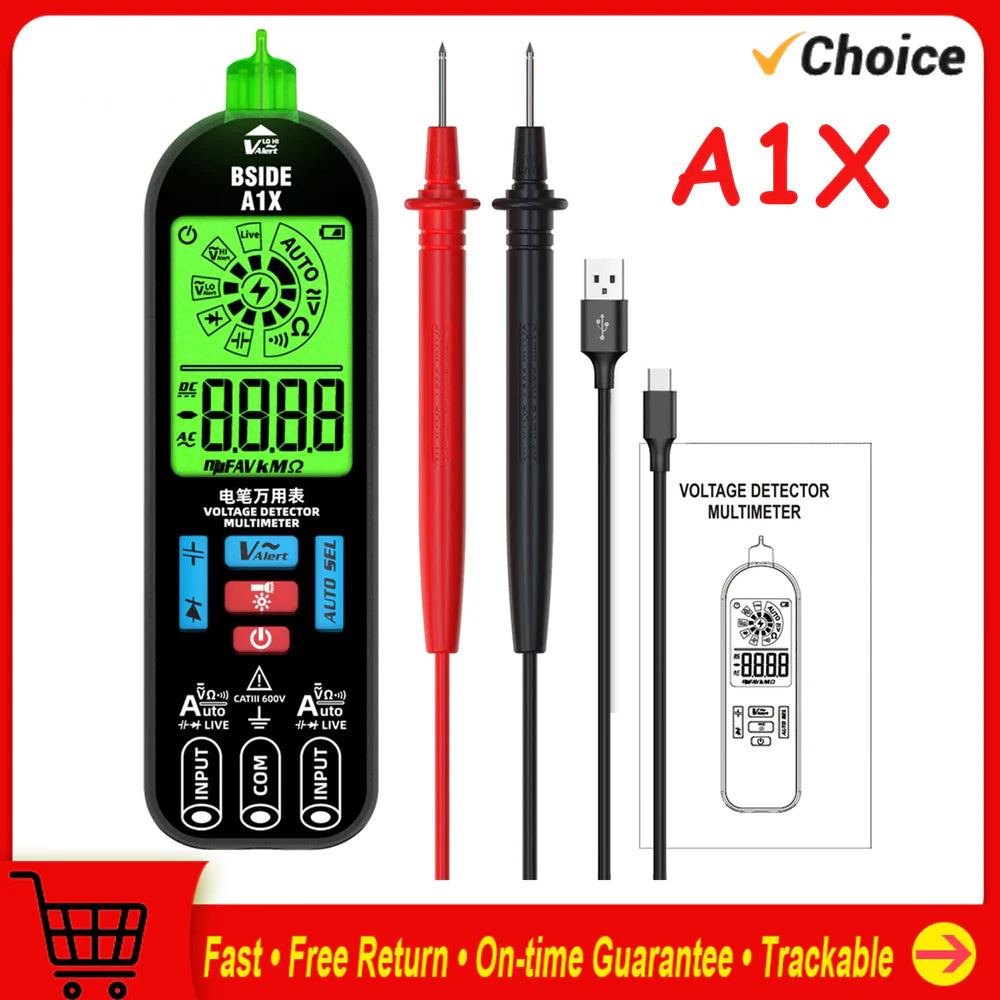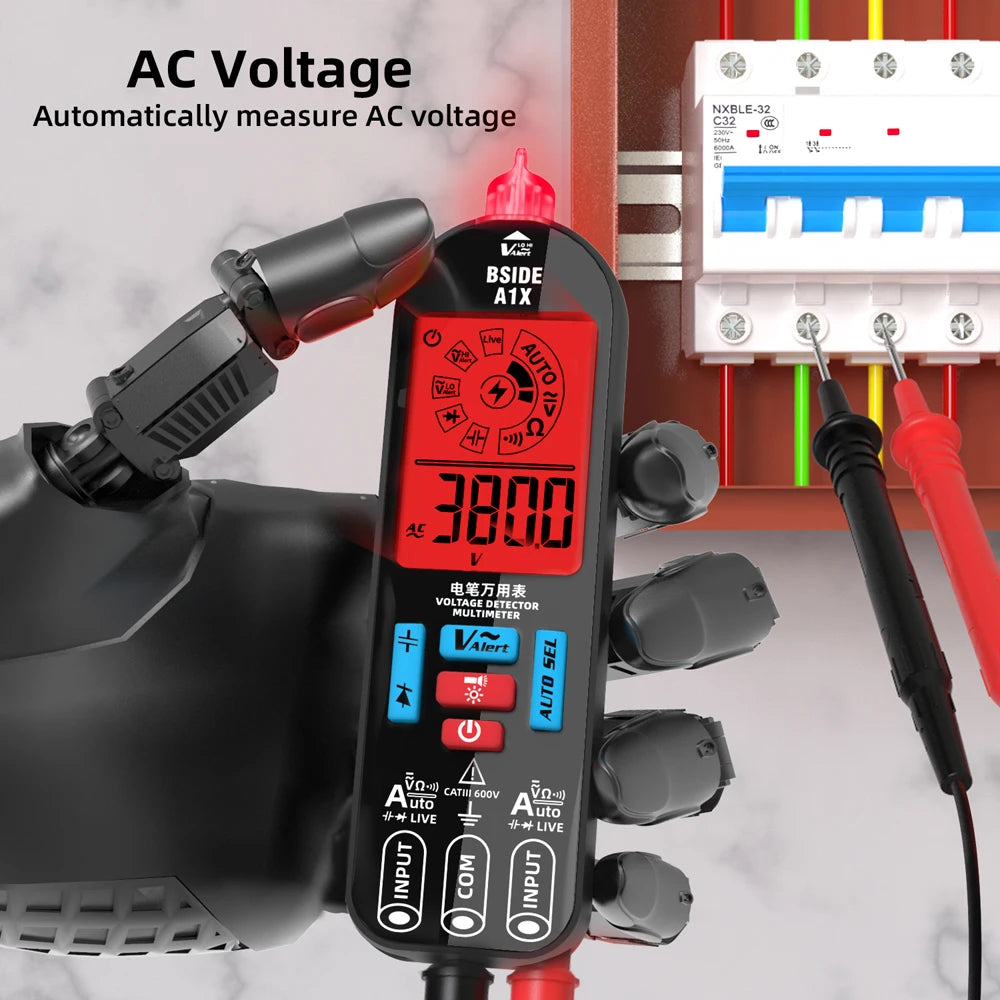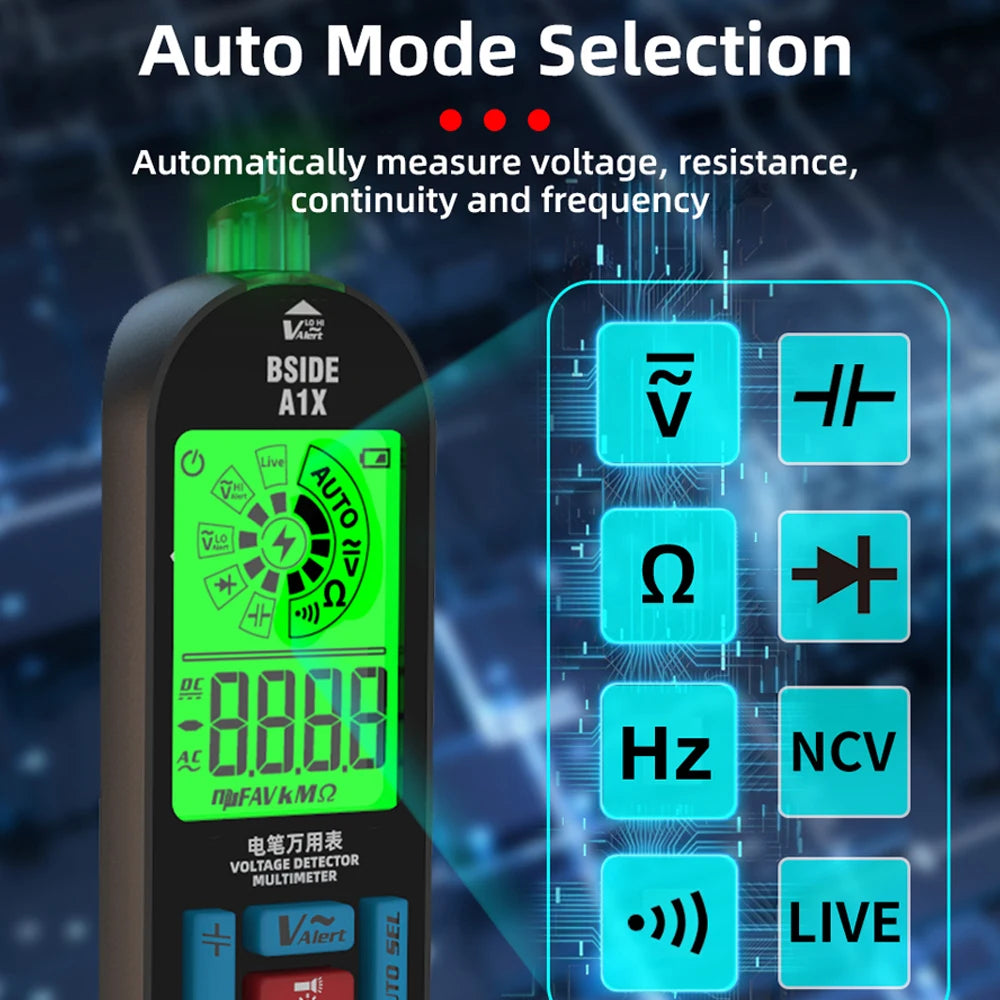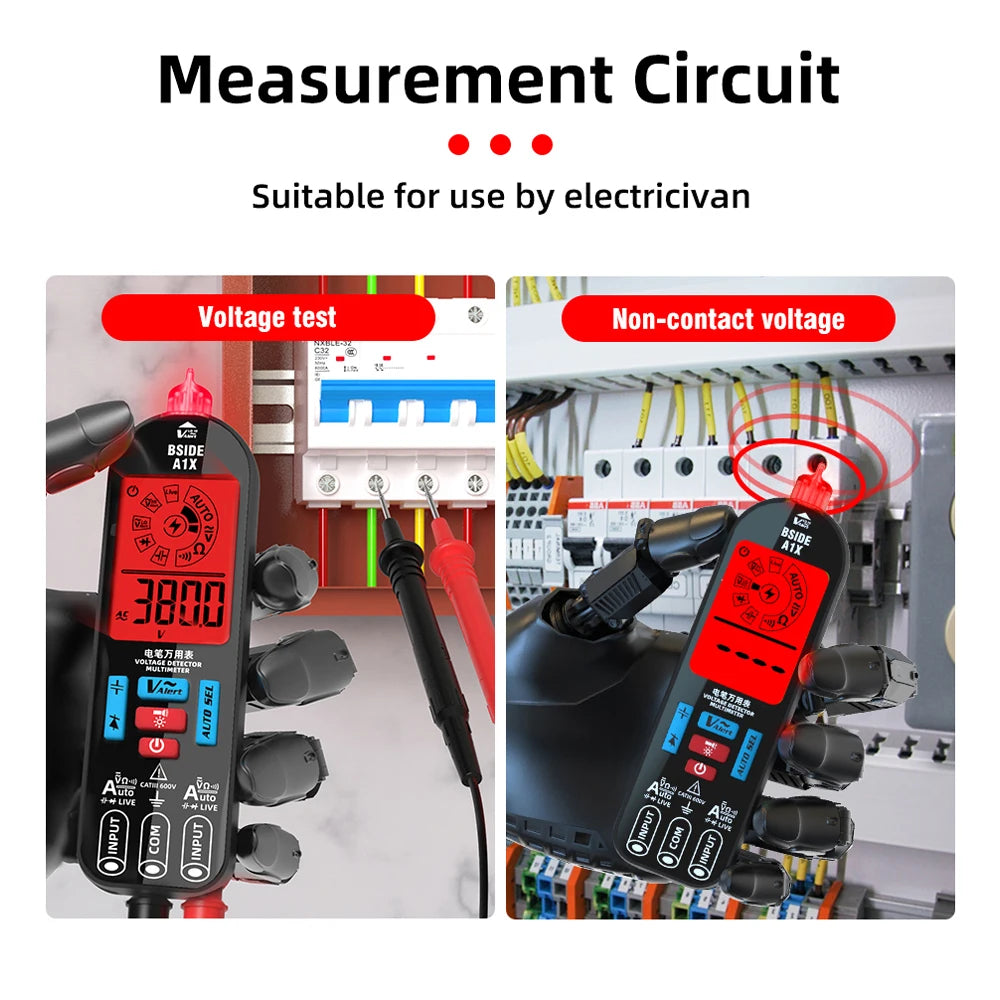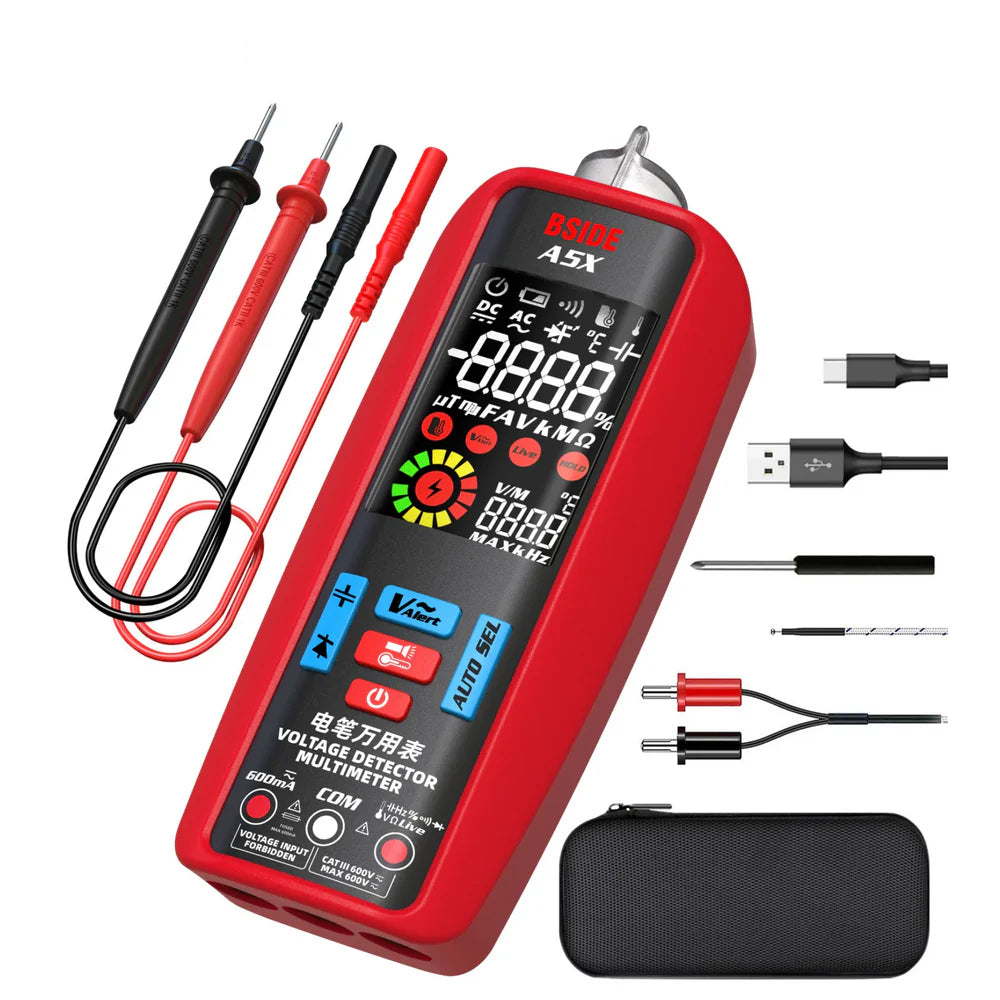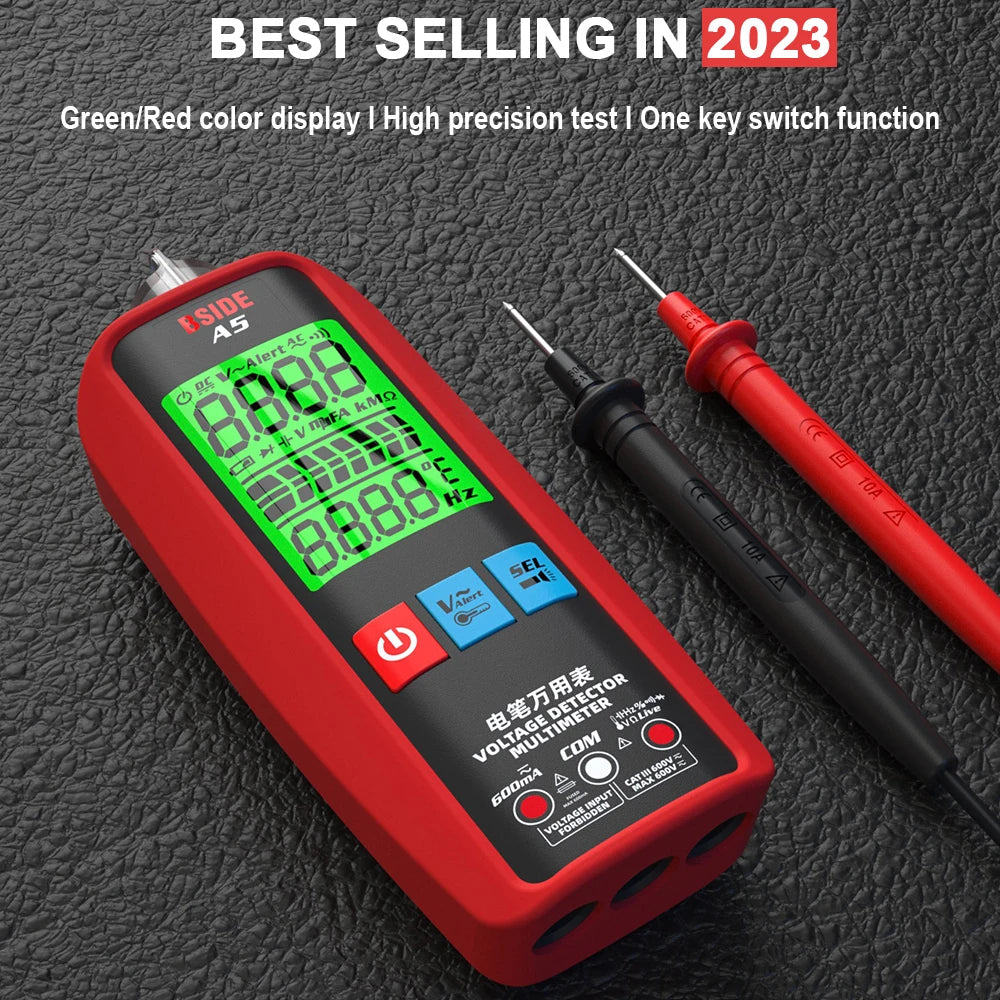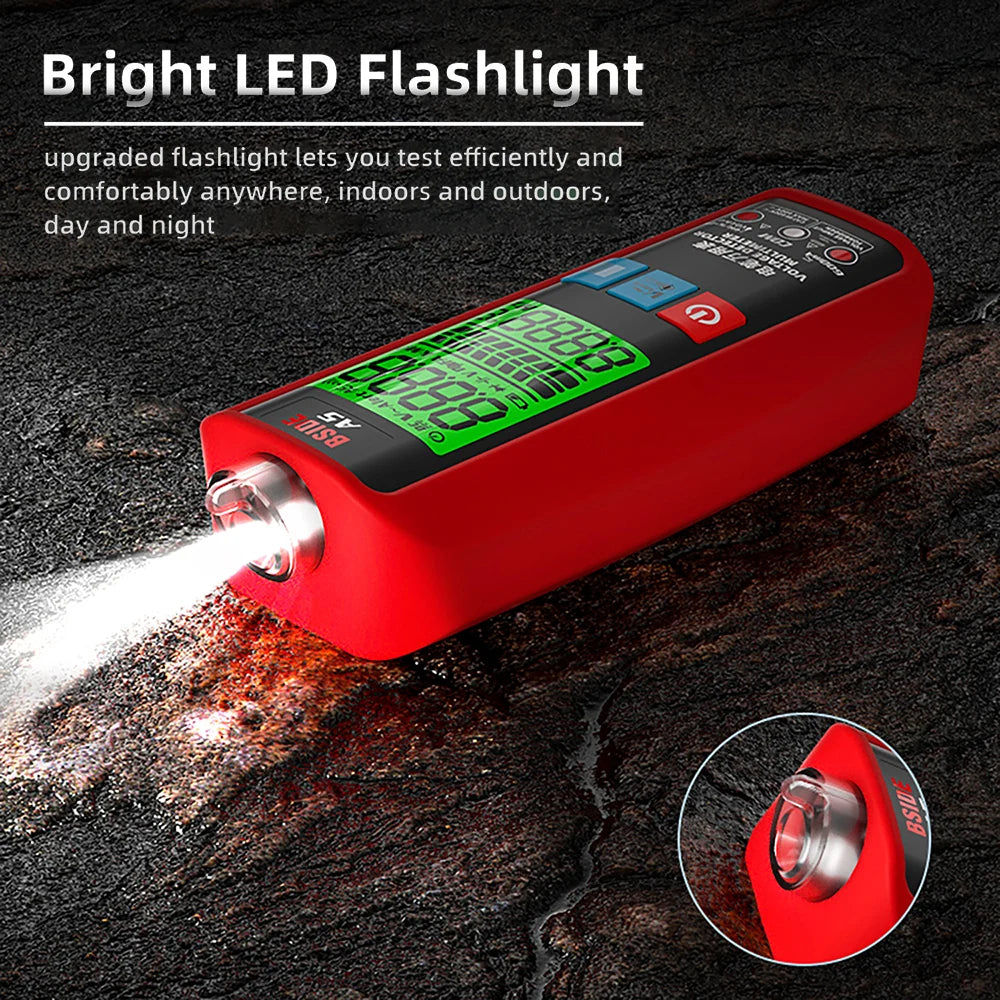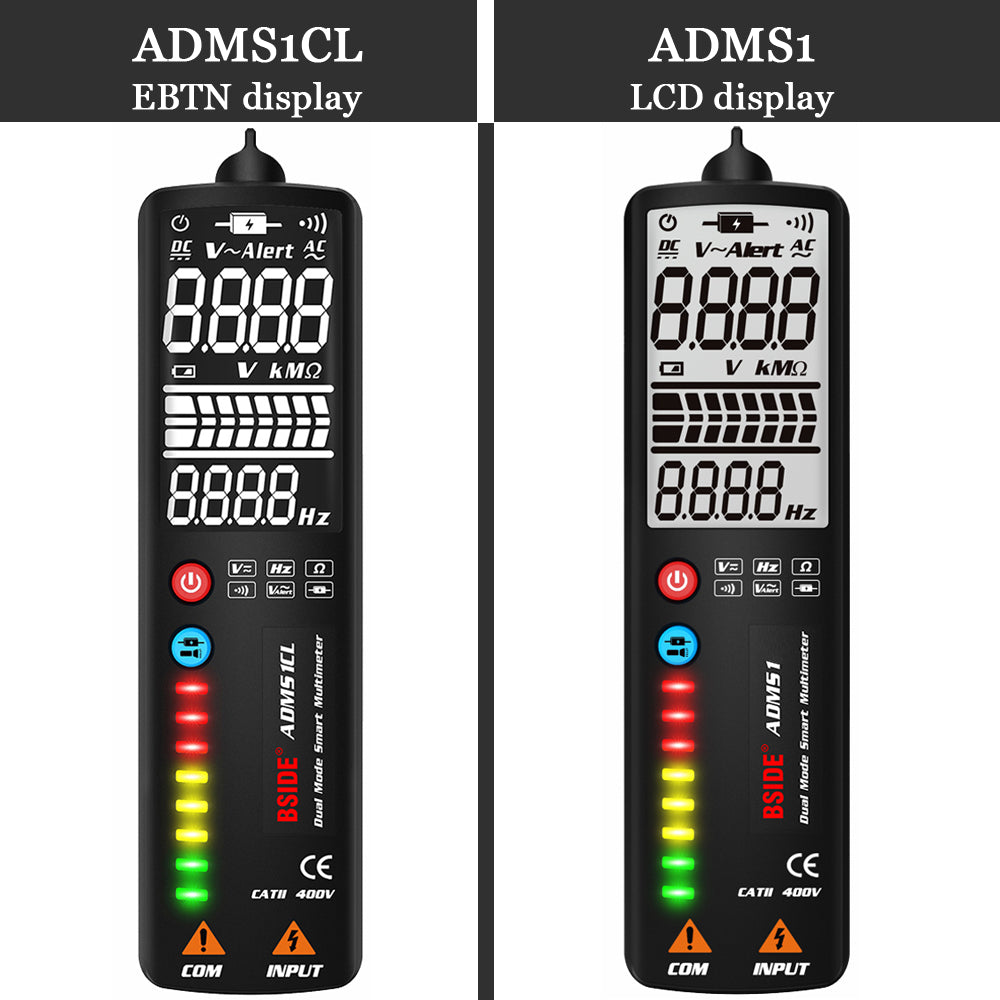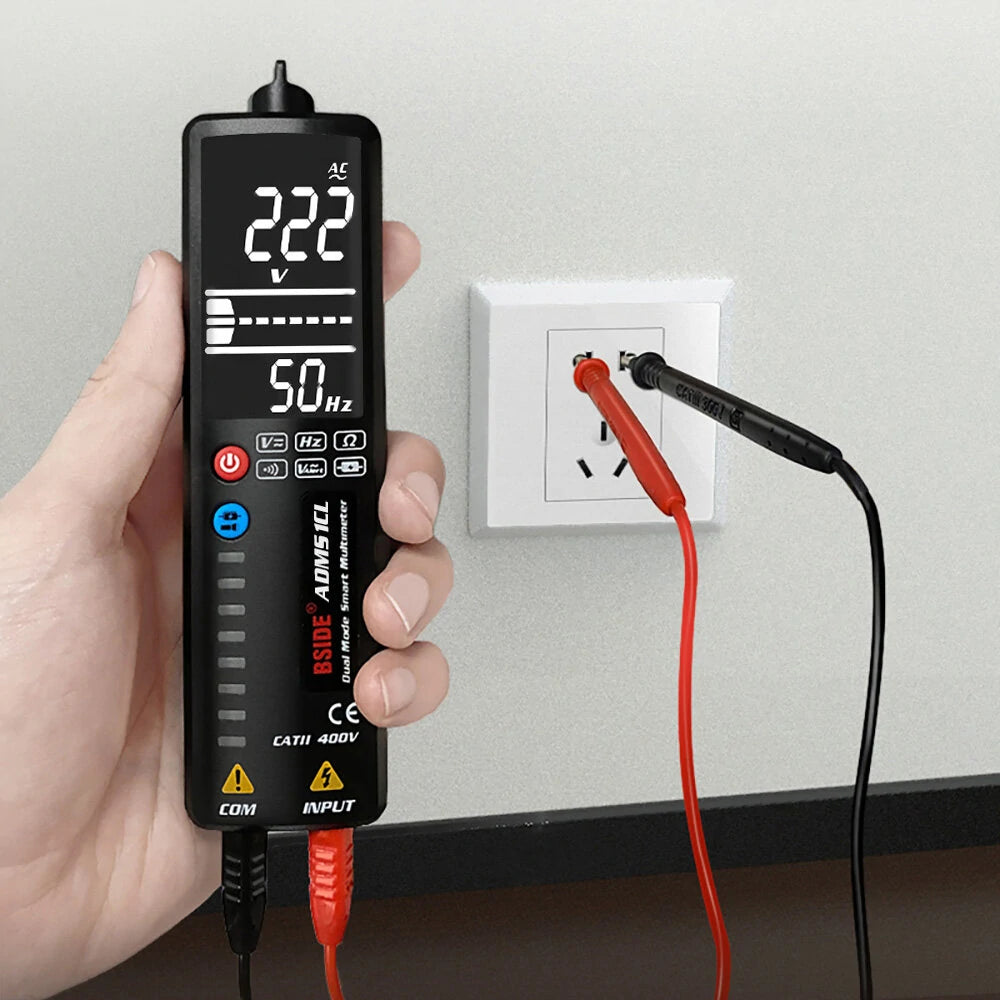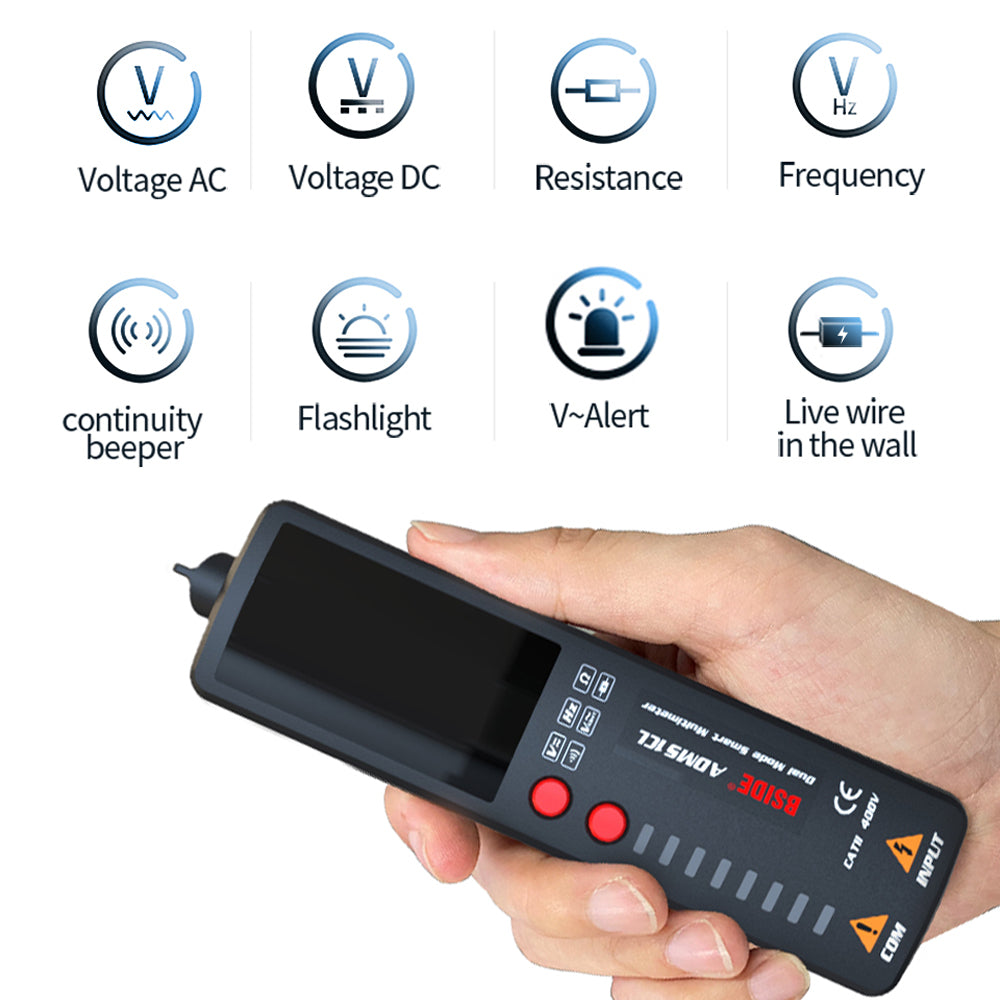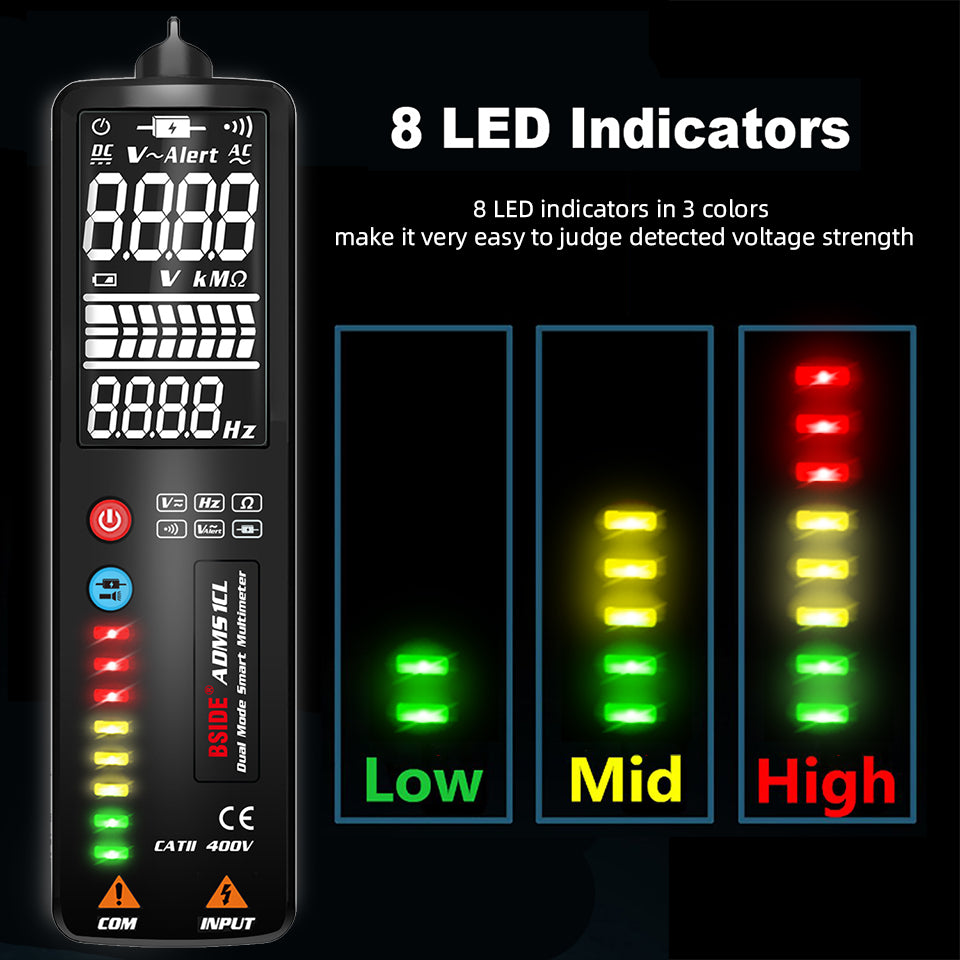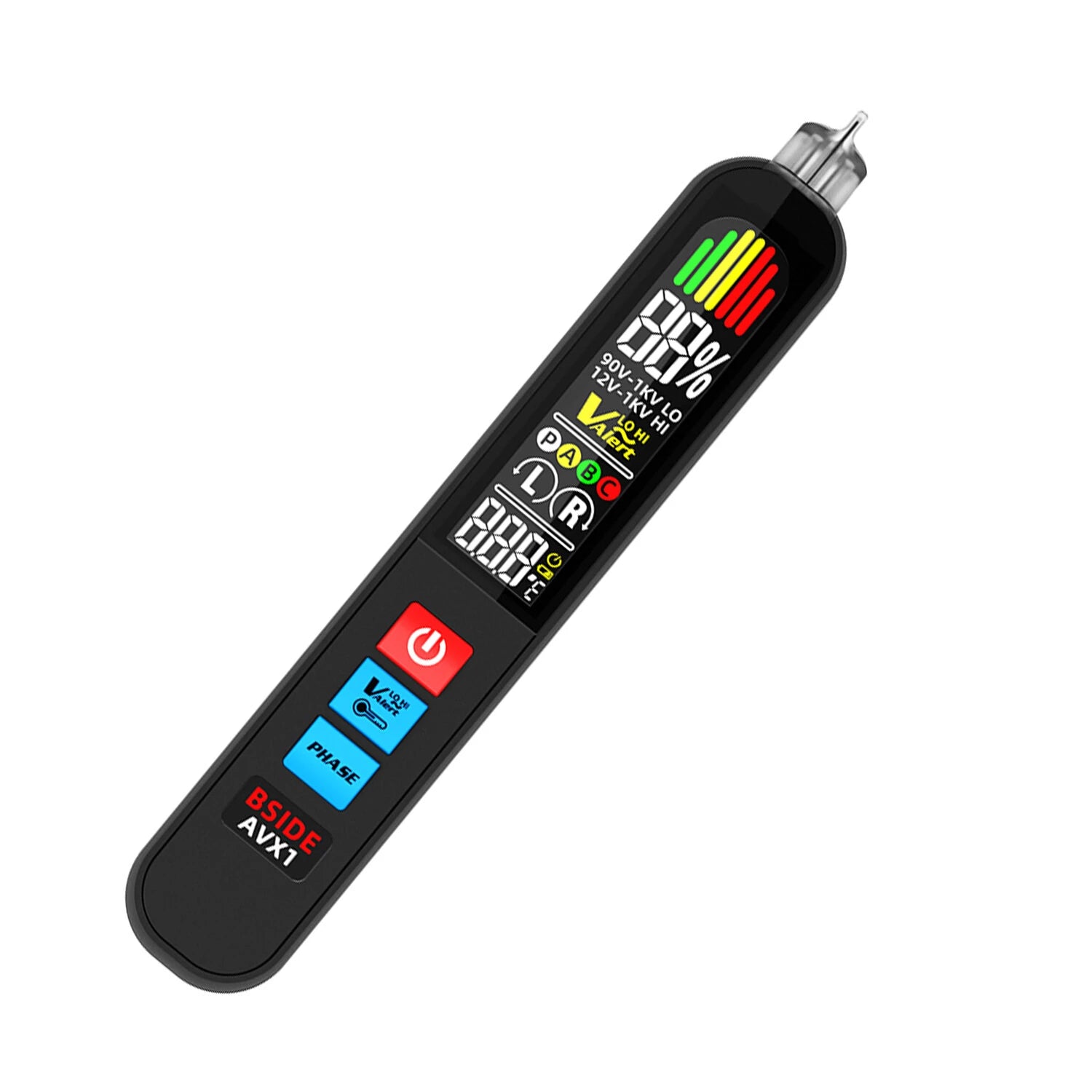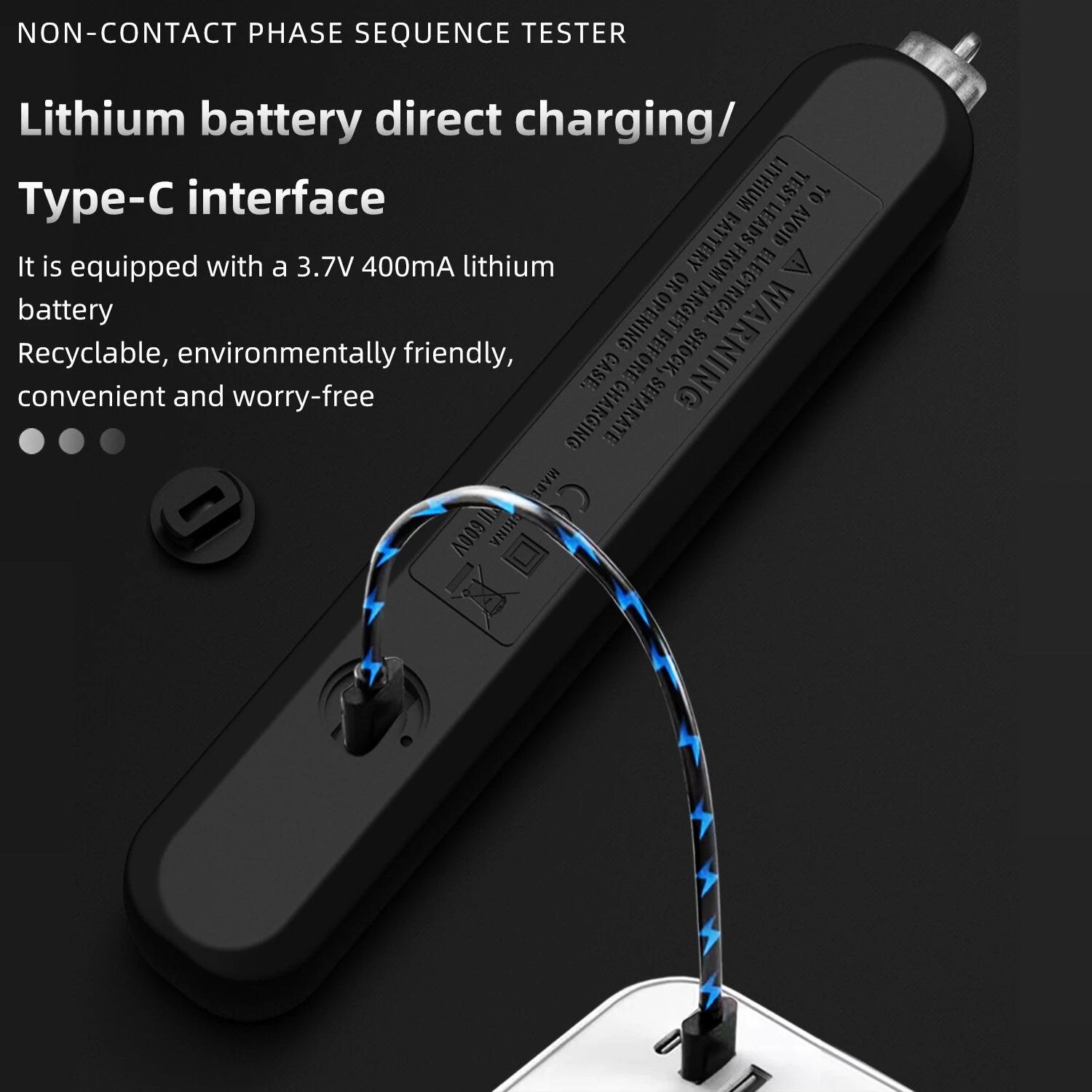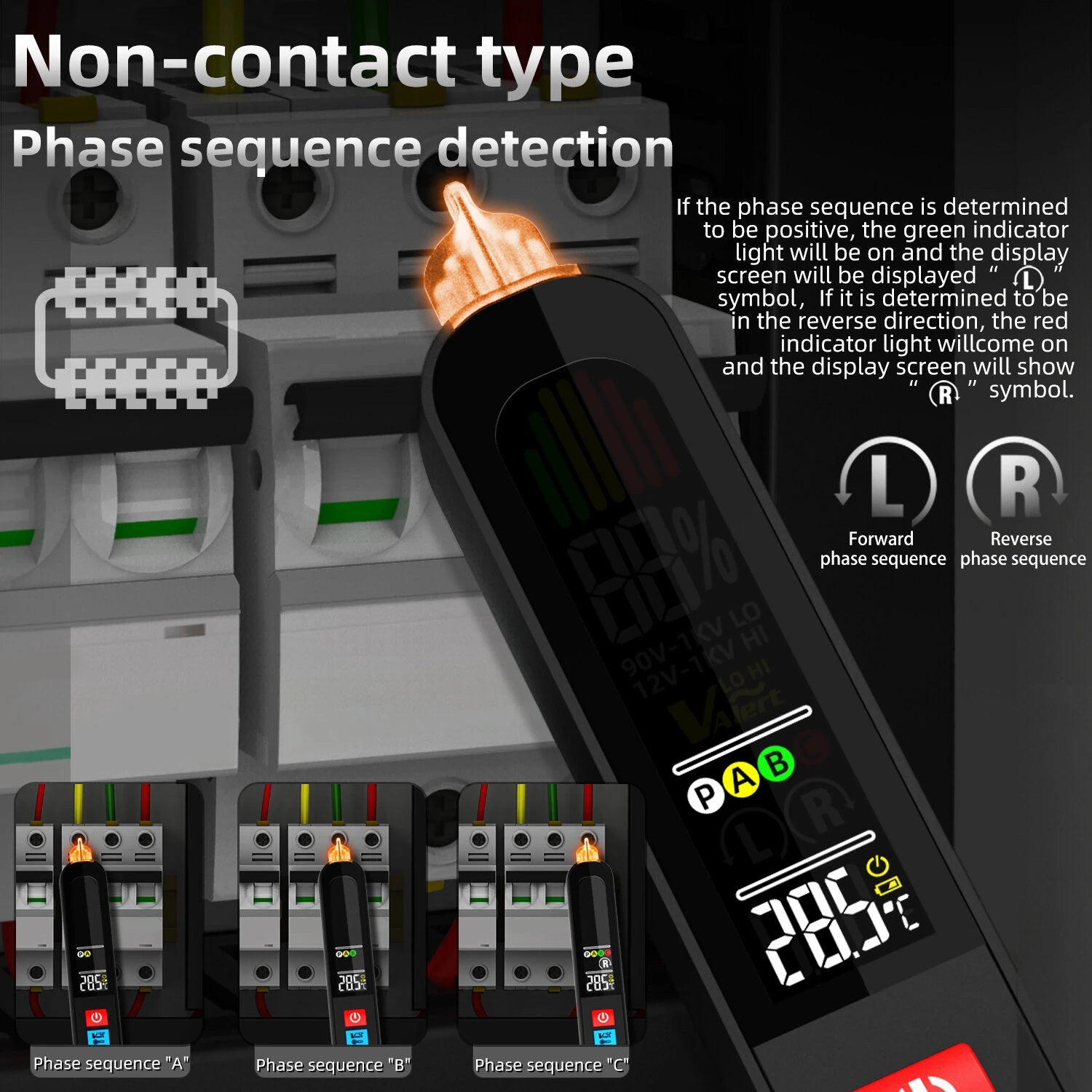🧰 What’s the Difference Between a Clamp Meter and a Multimeter?
At first glance, clamp meters and multimeters seem similar. Both measure electrical parameters like voltage, current, and resistance. But their design and use cases differ significantly.
Let’s break it down:
| Feature | Clamp Meter | Multimeter |
|---|---|---|
| Measures Current | ✅ Non-contact (via clamp) | ✅ Via test probes |
| Measures Voltage | ✅ With test leads | ✅ With test leads |
| Measures Resistance | ✅ Most models | ✅ All models |
| Best for | High-current measurement (AC/DC) | Detailed electrical diagnostics |
| Ideal Users | Electricians, HVAC, industrial techs | DIYers, hobbyists, electronics techs |
| Safety | Safer for live wires (non-invasive) | Requires probe contact with wire |
🔍 What Is a Clamp Meter?
A clamp meter is a digital tool designed primarily to measure current (amps) without physically touching or disconnecting wires.
🔑 Key Features:
-
Clamp jaw opens to encircle a single conductor
-
Measures AC or DC current instantly
-
Many models include voltage, resistance, and continuity modes
-
Safer and quicker for checking live circuits
Perfect for:
-
HVAC systems
-
Circuit breaker panels
-
Industrial machinery
-
Solar installations
💡 Example:
Need to measure how many amps a motor is drawing without disconnecting wires? Use a clamp meter.
🔧 What Is a Multimeter?
A multimeter is a handheld instrument that measures multiple electrical parameters:
-
Voltage (V)
-
Resistance (Ω)
-
Current (A)
-
Continuity
-
Diodes, frequency, capacitance (advanced models)
It requires probe contact with the circuit, and current measurement involves series wiring—often needing circuit interruption.
Perfect for:
-
Electronics diagnostics
-
Troubleshooting sensors, circuits, or batteries
-
Testing components like resistors, fuses, and relays
💡 Example:
Need to measure battery voltage or test a resistor? Use a digital multimeter.
🆚 Clamp Meter vs. Multimeter: Pros & Cons
| Tool | Pros | Cons |
|---|---|---|
| Clamp Meter | ✅ Fast, non-contact current readings✅ Safer for high-current✅ Great for electricians | ❌ Less precise for small current❌ Bulkier |
| Multimeter | ✅ High precision for voltage/resistance✅ Best for electronics troubleshooting | ❌ Needs circuit break for current❌ Slower for large systems |
🏆 BSIDE’s Best Tools for Each Use Case
🔸 For Electricians & Field Technicians: BSIDE SH7 Clamp Meter
-
Measures AC/DC current up to 1000A
-
Includes thermal imaging, NCV, and smart auto-ranging
-
Dual display for easy diagnostics
-
Perfect for live circuit monitoring
🔸 For DIYers & Electronics Users: BSIDE ZT-M1 Digital Multimeter
-
Compact with full-featured test functions
-
Measures voltage, resistance, frequency, and continuity
-
Auto-ranging and data hold
-
Ideal for home projects and repairs
✅ Which Tool Should You Buy?
| You Need To... | Use This Tool |
|---|---|
| Measure current without disconnecting | ✅ Clamp Meter |
| Troubleshoot circuit boards | ✅ Multimeter |
| Work with live electrical panels | ✅ Clamp Meter |
| Test batteries, fuses, resistors | ✅ Multimeter |
| Perform HVAC system maintenance | ✅ Clamp Meter (SH7) |
| Learn electronics at home | ✅ Multimeter (ZT-M1) |
🔚 Conclusion
Both clamp meters and multimeters are essential tools—just for different tasks. If you work with high current and live circuits, a clamp meter is safer and faster. If you deal with electronic components or voltage diagnostics, a multimeter is your best friend.
Looking for a tool that gives you the best of both worlds?
👉 Explore BSIDE’s Full Range of Clamp Meters & Multimeters

